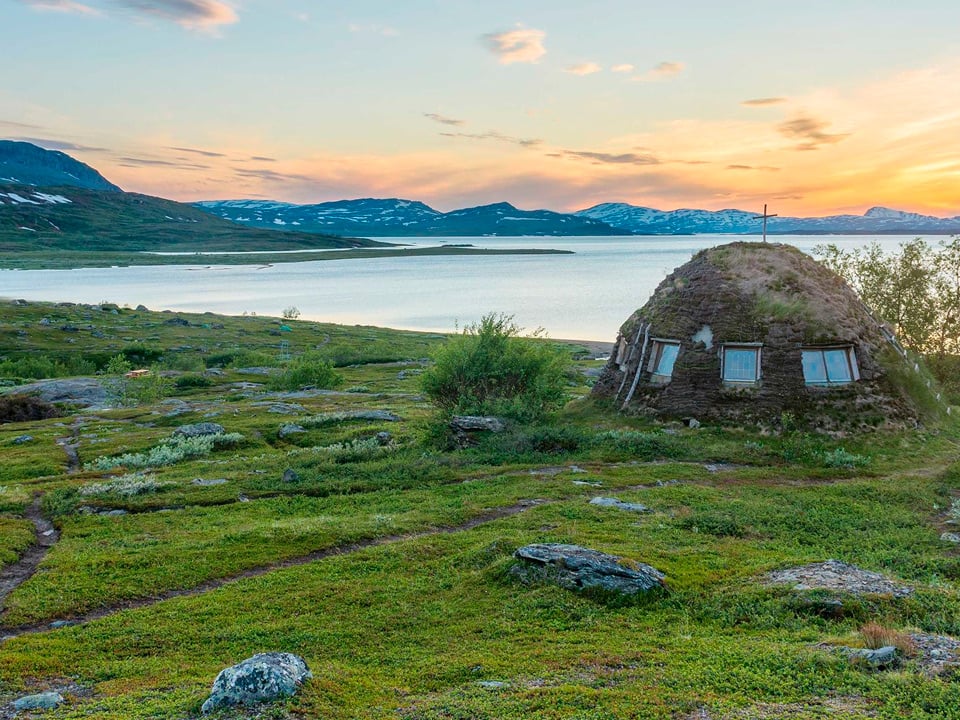National parks in Sweden
The establishment of a national park is the strongest protection you can give to valuable nature. Sweden’s national parks comprise a magnificent mosaic of different landscape types – from the leafy beech forests of Söderåsen to Sarek’s grandiose alpine world. From the teeming coral reef of Kosterhavet to the undulating sand dunes of Gotska Sandön and Tiveden’s bewitching forests.
A larger connected area of a certain type of landscape can be established as a national park with the support of the Swedish Environmental Code. Ideally, the site should be as close to its natural state as possible. A large majority of the total area of national parks in Sweden, is situated within the alpine region in Norrbotten County or sub-alpine region in the same county. 15 per cent of Sweden’s land and sea (including inland waters) is permanently protected as nature conservation areas and 12 per cent of this area consists of national parks. There are 31 national parks in Sweden. You are welcome to visit them, at any time, year-round.
Why do we need national parks?
National parks are small fragments of the nature that once covered all of Sweden, and that makes them worthy of protection. As early as 1909 Sweden established its first nine national parks, which also were the first in Europe. The most recently founded national park is Nämdöskärgården national park in east of Stockholm (est. 2025). Then, as now, the idea was to preserve pristine nature for present and future generations, but also to make national parks inviting for tourism and outdoor activities.
National parks must have high natural value, and:
- should represent, individually or as part of a whole, a wide or unique spectrum of natural landscapes as part of a nationwide system
- should comprise a variety of natural environments in an area of, normally, at least 1 000 hectares
- should include natural areas representative of the Swedish landscape and preserve them in their natural state
- should be appealing areas of great natural beauty or unique environments which create enduring nature experiences and a lasting impression
- should be a viable subject for effective conservation and, at the same time, be suitable for research, outdoor recreation and tourism without the risk of harm to their natural value.
The land in national parks is owned by the government. The government and Parliament make decisions about establishing new national parks. The selection and preparations are handled by the Swedish Environmental Protection Agency together with county administrative boards and other local actors. Local participation in the establishment and management of national parks is important.
Safety and rules
Each national park has a set of rules, which you are responsible to follow when you visit a national park. There are information boards present in the parks. You can also read about them on National Parks of Sweden’s website. See link on this page.
- The right of Public Access does not apply fully in the national parks. The National Park regulations limit the right of public access to provide better protection.
- Dogs are not always welcome since they can interfere with birds and animals. In some national parks, you are allowed to bring your dog on a leash.
- Opportunities for horseback riding, cycling and snow mobile driving are often limited.
Follow the gold star
The gold star is the symbol of Sweden’s national parks. It indicates that the parks represent the finest and most remarkable examples of Swedish nature. For the past, present and future.
Discover Sweden’s national parks
The national parks' website with everything you need to know about Sweden's national parks.
